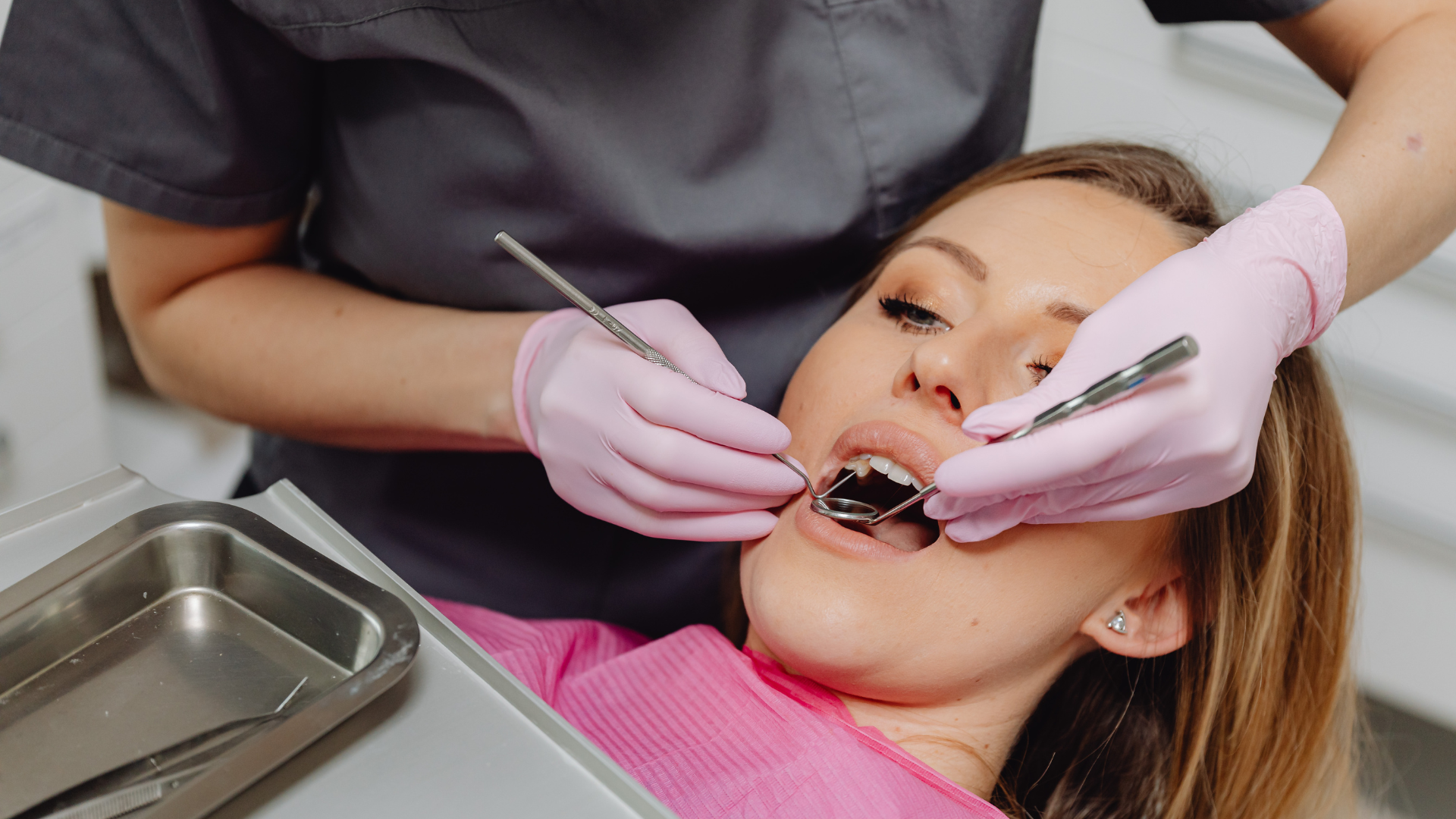Are Local Anesthetics Safe for Implant Prosthesis Procedures? Expert Insights
Understanding Local Anesthetics in Dentistry
When it comes to dental procedures, local anesthetics play a crucial role in ensuring patient comfort. They temporarily block nerve signals in specific areas, preventing pain during treatments such as implant procedures. But are they truly safe? Let’s explore their effectiveness, potential risks, and impact on healing.
Types of Local Anesthetics
Not all local anesthetics are the same. Some are fast-acting for minor procedures, while others provide longer-lasting effects for complex treatments like implant prosthesis procedures. At Danforth Neighbourhood Dental Centre, the choice of anesthetic depends on the procedure and the patient’s needs. Common options include:
- Lidocaine-based solutions – The most commonly used anesthetic with a reliable track record.
- Articaine products – Known for its ability to penetrate deeper tissues.
- Mepivacaine formulas – Preferred when epinephrine-free solutions are required.
How Local Anesthetics Work
These anesthetics work by blocking pain signals from reaching the brain. Once injected, they bind to nerve receptors and temporarily stop the transmission of pain messages. This allows the patient to remain comfortable throughout the procedure.
Factors Affecting Duration
The duration of an anesthetic’s effect depends on:
- Dosage – Higher doses last longer.
- Tissue type – Some areas absorb anesthetics more quickly.
- Patient health – Metabolism and medical conditions can influence how long the numbing effect lasts.
Safety Profile of Local Anesthetics
Common Side Effects
Most patients tolerate local anesthetics well, but minor side effects can occur, including:
- Temporary numbness at the injection site.
- Mild gum discomfort.
- Slight swelling or bruising near the treated area.
These effects usually fade within a few hours. If any discomfort persists, Danforth Neighbourhood Dental Centre provides guidance on managing post-procedure sensations.
Precautions for Safe Use
To ensure patient safety, dentists take several precautions, including:
- Reviewing medical history to identify allergies or past reactions.
- Monitoring patient response immediately after administration.
- Providing aftercare instructions to help minimize discomfort and avoid complications.
Local Anesthetics and Implant Procedures
Role in Pain Management
Local anesthetics are essential for making implant procedures pain-free. They numb the treatment area, preventing discomfort and reducing anxiety for patients undergoing implant placements.
At Danforth Neighbourhood Dental Centre, pain management strategies include:
- Ensuring the patient is completely numb before beginning the procedure.
- Adjusting anesthetic dosage if needed.
- Monitoring pain levels throughout the procedure.
Impact on Healing
Beyond pain relief, local anesthetics can positively affect healing. By minimizing stress and discomfort, they allow the body to focus on recovery. Studies suggest that reduced pain levels after surgery may contribute to better healing outcomes.
How Local Anesthetics Are Administered
Precision Techniques for Best Results
The effectiveness of local anesthetics depends on proper administration. At Danforth Neighbourhood Dental Centre, the following techniques are used to ensure accuracy and patient safety:
- Targeted delivery – Injecting directly into the specific area for maximum effect.
- Customized dosing – Adjusting the amount based on patient needs.
- Close monitoring – Watching for signs of effectiveness and adjusting as necessary.
This precise approach ensures a comfortable and controlled procedure for every patient.
Expert Opinions on Local Anesthetics
Surgeon Insights
Dental surgeons trust local anesthetics because of their predictability and effectiveness. Key advantages include:
- Rapid onset of numbness.
- Adjustable dosing for different procedures.
- Minimal risk when properly administered.
These benefits help create a smoother and stress-free experience for both patients and practitioners.
Patient Experiences
Most patients report positive experiences with local anesthetics, emphasizing benefits such as:
- Quick recovery of sensation after the procedure.
- Lower anxiety levels due to pain-free treatment.
- Confidence in staying awake while feeling no discomfort.
At Danforth Neighbourhood Dental Centre, patient feedback helps refine pain management techniques, ensuring continued improvement in comfort and care.
Regulatory Guidelines for Local Anesthetics
FDA Approvals and Safety Standards
The FDA closely regulates local anesthetics, ensuring they meet strict safety and efficacy requirements. Approved anesthetics undergo extensive testing before being used in dental procedures.
Recommended Dosages
Proper dosing is critical for safety and effectiveness. Guidelines include:
- Adjusting the dose based on patient weight and health status.
- Following strict dosage limits to prevent toxicity.
- Ongoing staff training to ensure correct administration.
Monitoring Protocols
During implant procedures, continuous patient monitoring ensures safety by:
- Checking for any adverse reactions.
- Having immediate response plans in place.
- Conducting post-procedure follow-ups to assess recovery.
By adhering to these standards, Danforth Neighbourhood Dental Centre ensures every patient receives safe and effective anesthetic care.
Future of Local Anesthetics in Dentistry
Advancements in Anesthetic Formulations
Research is focused on improving anesthetic performance by:
- Reducing side effects.
- Extending duration for long procedures.
- Enhancing patient comfort with new delivery methods.
Innovations in Pain Management
Scientists are developing alternative approaches to anesthesia, including:
- Combination therapies that enhance pain relief with fewer drugs.
- Advanced nerve block techniques.
- Non-drug pain management tools for highly sensitive patients.
As new techniques emerge, Danforth Neighbourhood Dental Centre remains committed to staying at the forefront of dental pain management.
Final Thoughts: Are Local Anesthetics Safe for Implants?
Yes—when administered correctly, local anesthetics are extremely safe and effective for implant prosthesis procedures. Patients typically tolerate them well, with only minor side effects that resolve quickly. The key to a comfortable experience is proper administration, careful monitoring, and open communication with your dental provider.
If you have concerns about anesthesia for dental implants, schedule a consultation with Danforth Neighbourhood Dental Centre.zOur team is happy to answer your questions and ensure you receive the safest, most effective care possible.
This article is for informational purposes only and does not constitute medical or dental advice. Patients should consult their dentist or healthcare provider for personalized recommendations regarding anesthetics and implant procedures.





